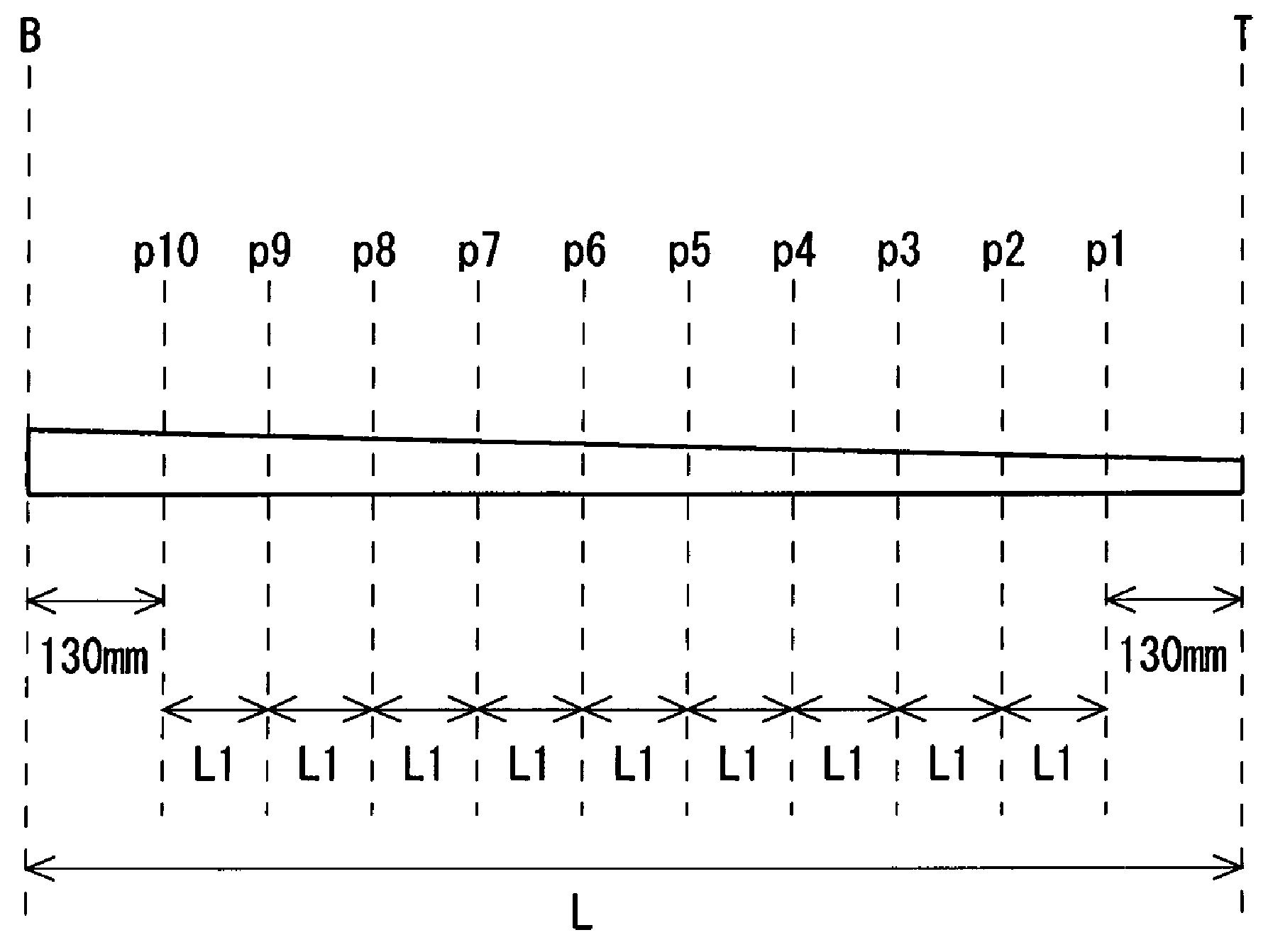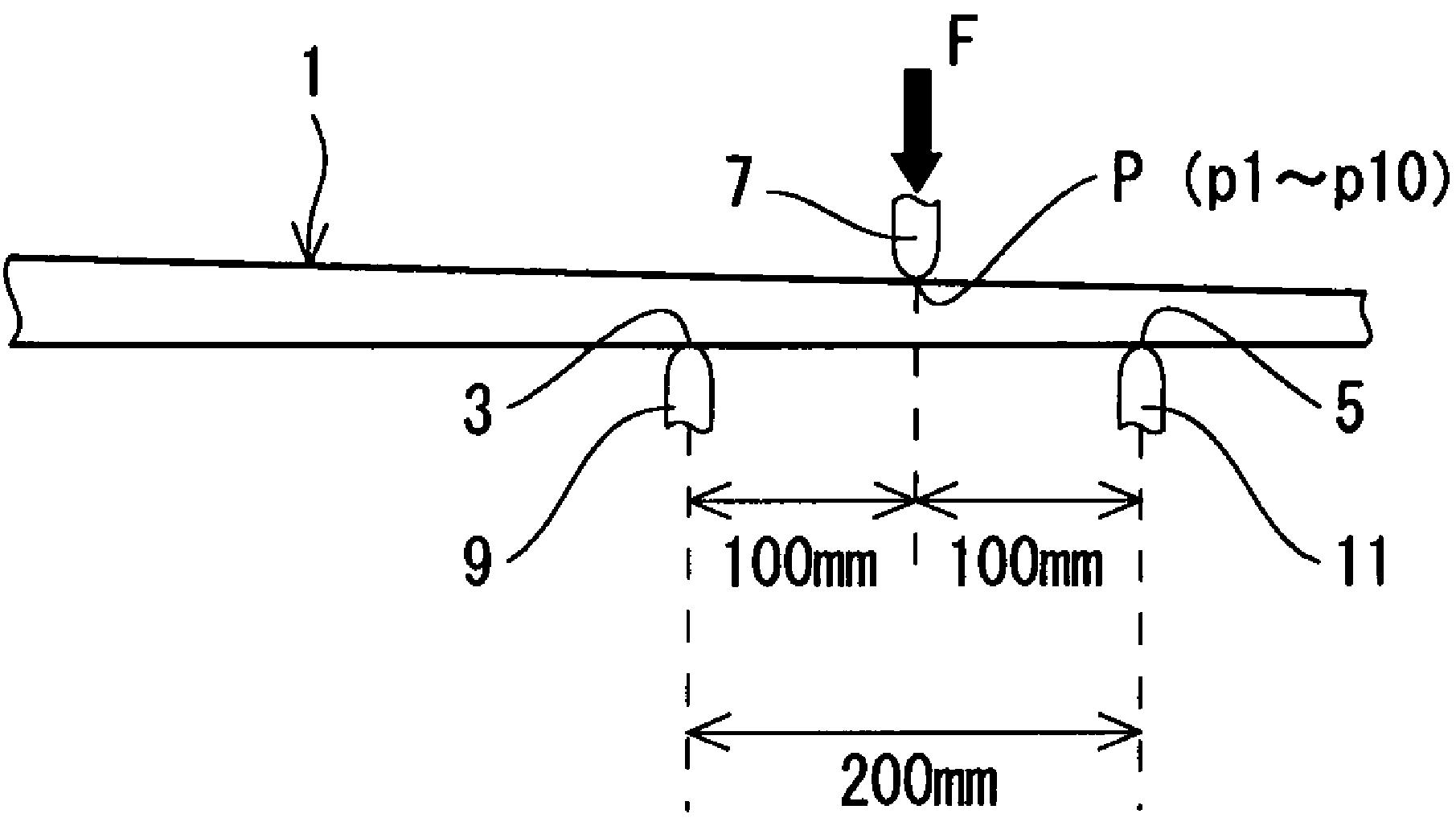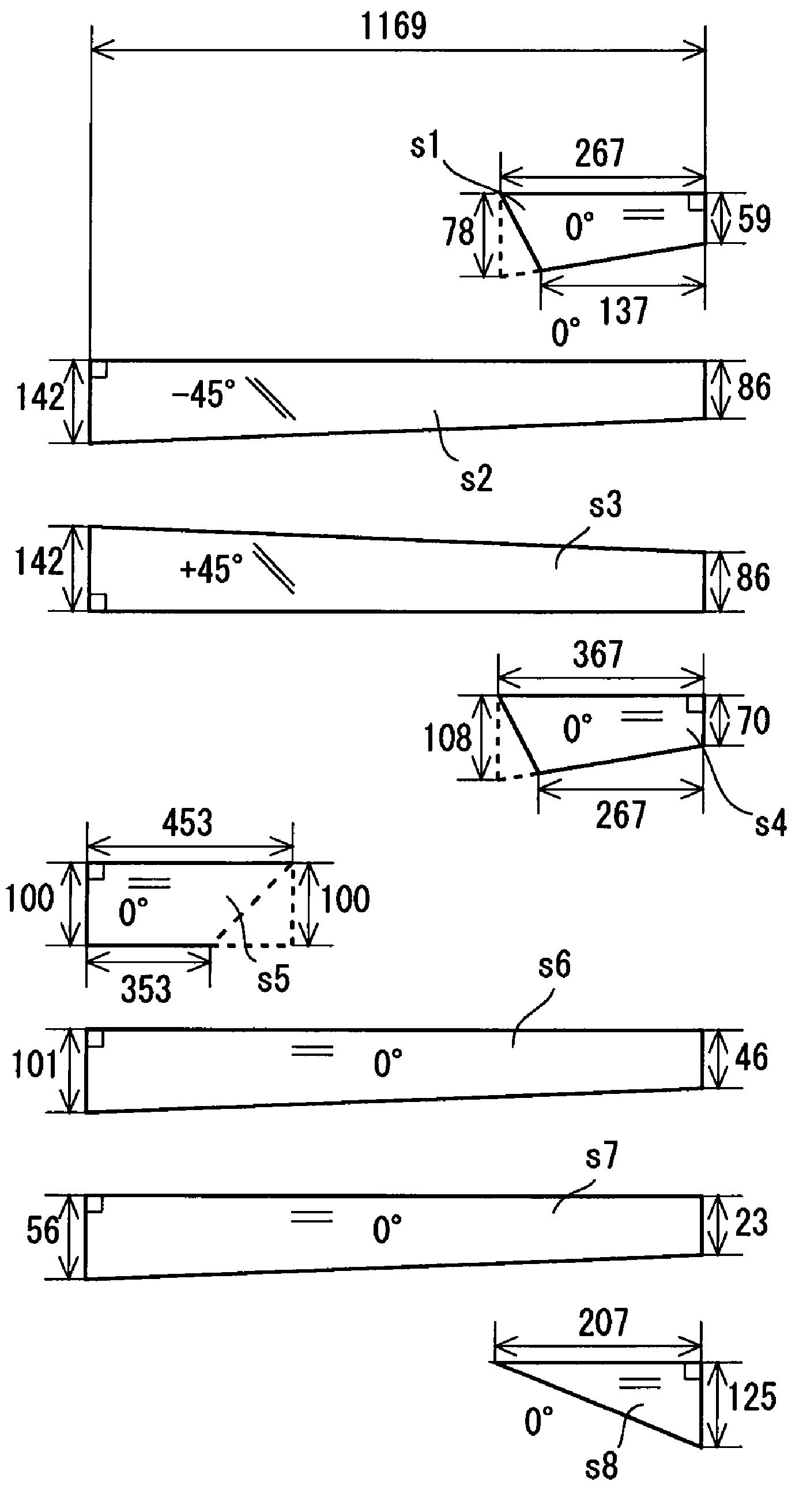Think You Know A Little About Golf Shafts? This Patent May Change Your Mind, Unless You Really Know Your Flexural Rigidity
SRI Sports was granted an interesting golf shaft patent this week that is a little on the technical side. Would you ever have guessed that this much engineering goes into designing a golf shaft?
The patent is USPN 7427240 titled “Shaft for Golf Clubs and Golf Club” and describes the invention as:




Now, think about that the next time you are standing over your ball on the first tee.
David Dawsey - Monitoring Golf Shaft Patents
PS – check out other golf shaft patent posts here
The patent is USPN 7427240 titled “Shaft for Golf Clubs and Golf Club” and describes the invention as:
Each point obtained by plotting flexural rigidity EI measured at ten sites on a shaft is defined as from T(1) to T(10) in this order from the head side, and the formula representing a line K that passes the T(1) and the T(10) is [Y=aX+b1]. The values at the Y-intercepts on the lines that are parallel to the line K and that pass the points of from T(2) to T(9), respectively, are defined as from b2 to b9, respectively, and the minimum value among the values at the Y-intercept b2 to b9 is defined as bmin. In this shaft, slope "a" of the line K is 0.04 or greater and 0.06 or less; any one of the b3, b4, b5, b6, b7 and b8 is smaller than b1; and the bmin is any one of b4 to b7. The value (b1-bmin) is 24 (N*m2) or greater and 35 (N*m2) or less, and the value (b9-b1) is 0 or greater and 10 (N*m2) or less. This shaft achieves excellent flight distance performance and directionality of the hit ball.




Now, think about that the next time you are standing over your ball on the first tee.
David Dawsey - Monitoring Golf Shaft Patents
PS – check out other golf shaft patent posts here

Comments